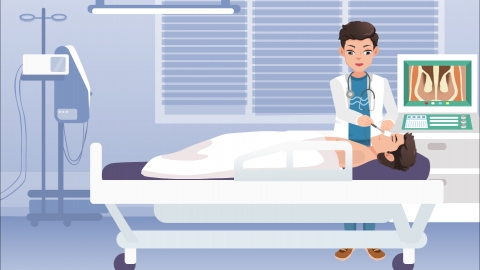Where is the incision site for minimally invasive appendectomy?
The incisions for minimally invasive appendectomy are typically located on the abdomen, usually three in number: one near the navel and the other two on either side of the lower abdomen or close to the midline of the lower abdomen. Each incision is small, generally 0.5–1 cm in length, and their exact positions may be slightly adjusted depending on the patient's condition. If redness, swelling, fluid discharge, or persistent pain occurs at the incision site after surgery, prompt medical attention is recommended.

The incision at the navel serves as the entry point for the laparoscopic camera, usually placed within or around the umbilical ring. Due to the natural skin folds of the navel, this incision is well concealed, resulting in a less noticeable scar after healing. The other two incisions are located in the lower abdomen, typically near the outer third of the line connecting the anterior superior iliac spines to the navel. These serve as access points for surgical instruments, with placement optimized for ease of surgical manipulation.
In special cases—such as patients with unusual body types or abnormal appendix positions (e.g., pelvic-positioned appendix)—the surgeon may adjust the incision sites to the midline or one side of the lower abdomen. However, the incisions remain generally confined to the abdominal area, with minimal variation in number and size. Compared to traditional open surgery, minimally invasive techniques involve smaller incisions, faster recovery, and reduced postoperative pain.
For daily care, keep the incisions clean and dry, avoid friction or scratching, wear loose and soft clothing, follow medical instructions for regular dressing changes, maintain a light and easily digestible diet, get adequate rest, and avoid strenuous activities to promote proper wound healing.







